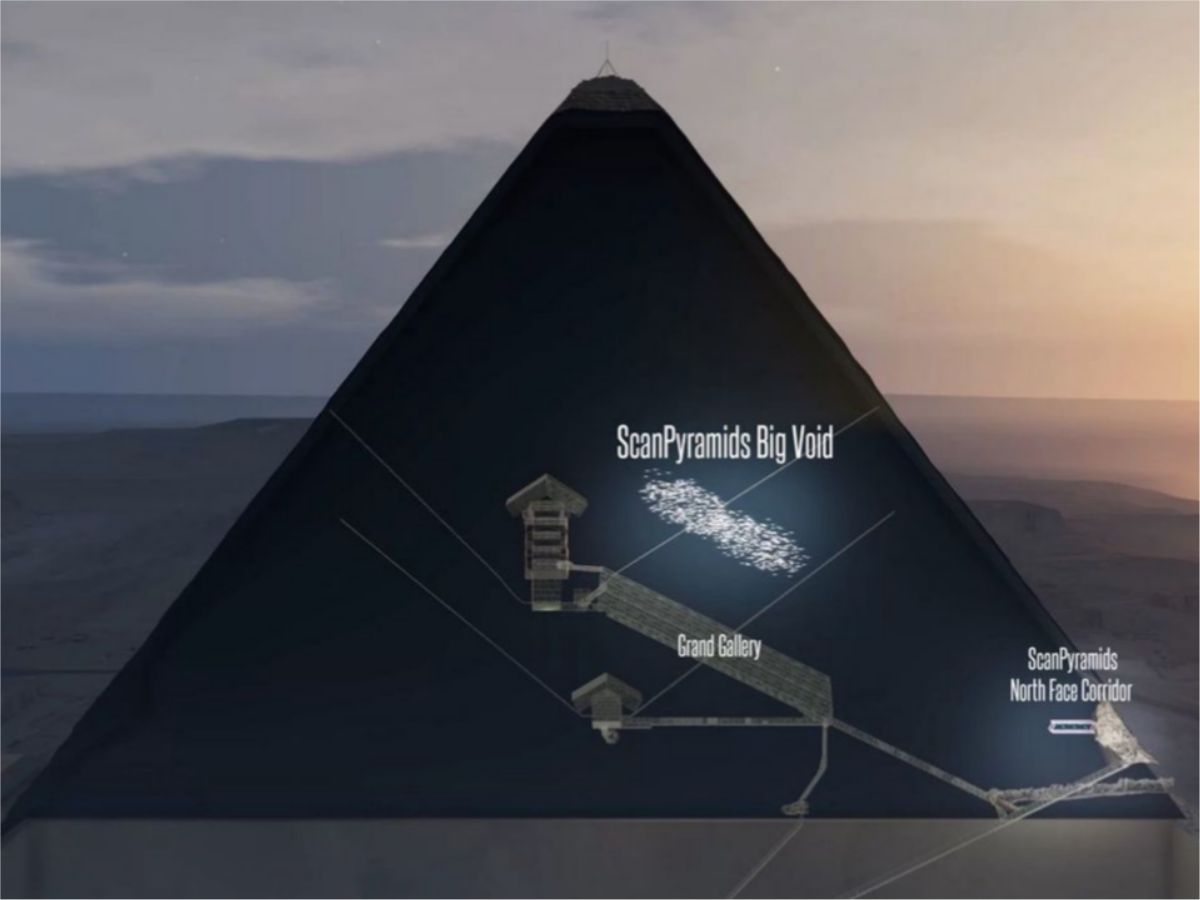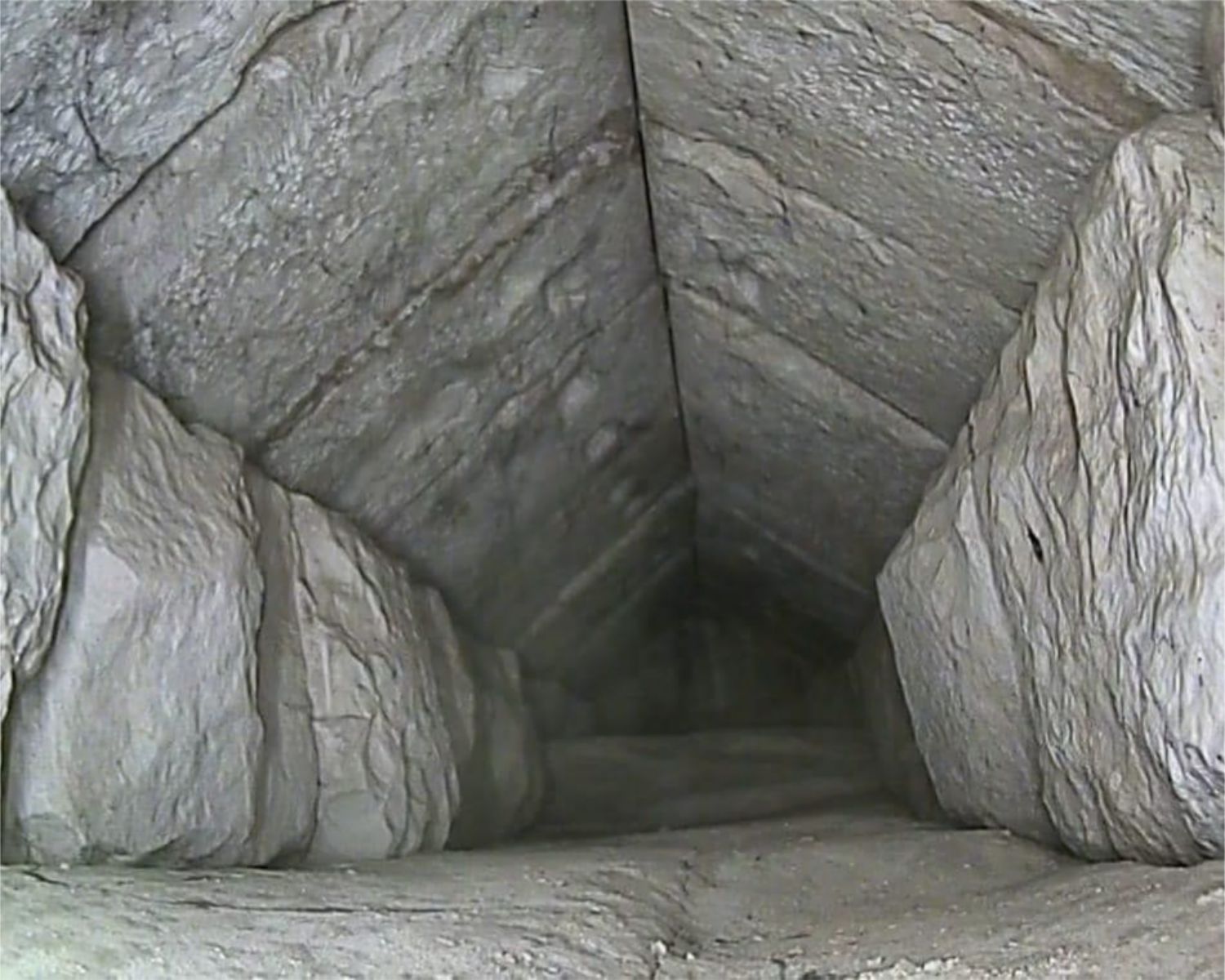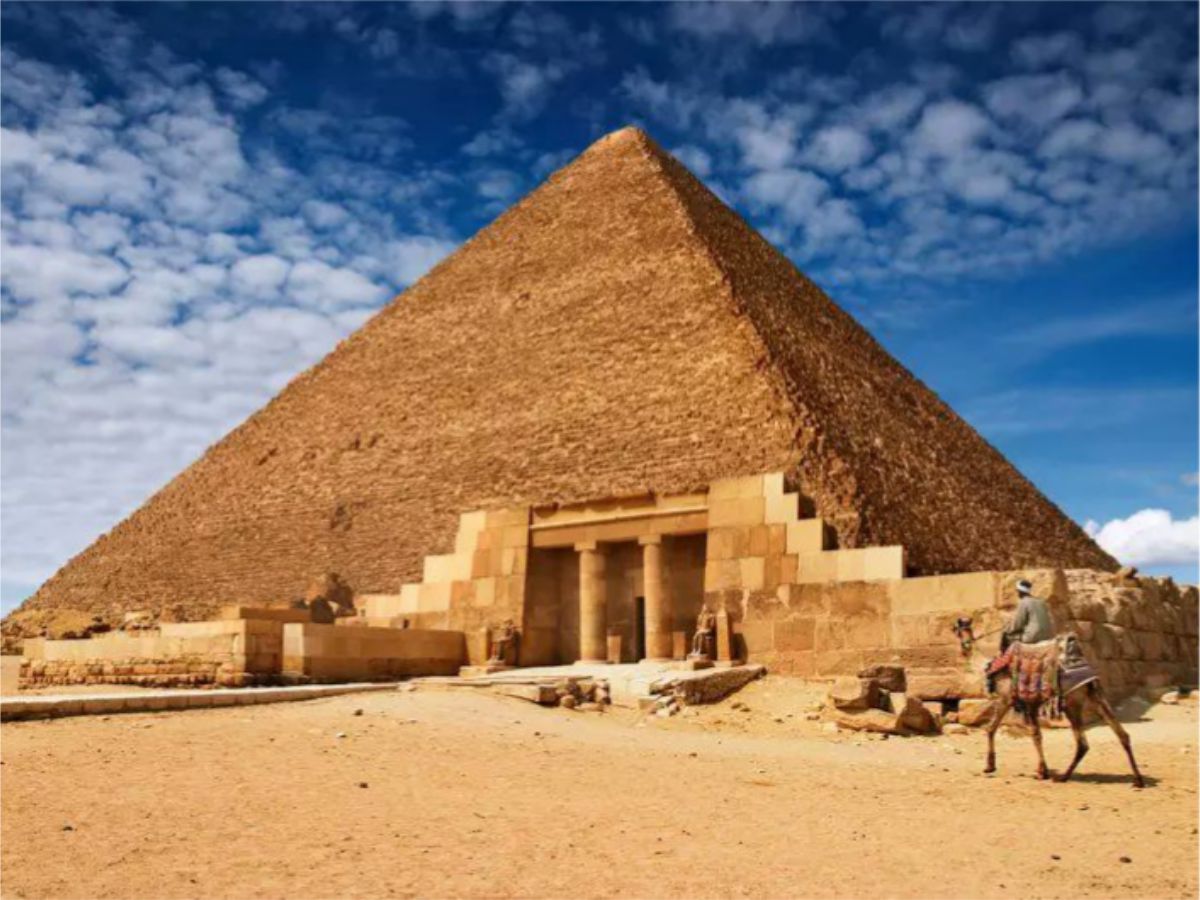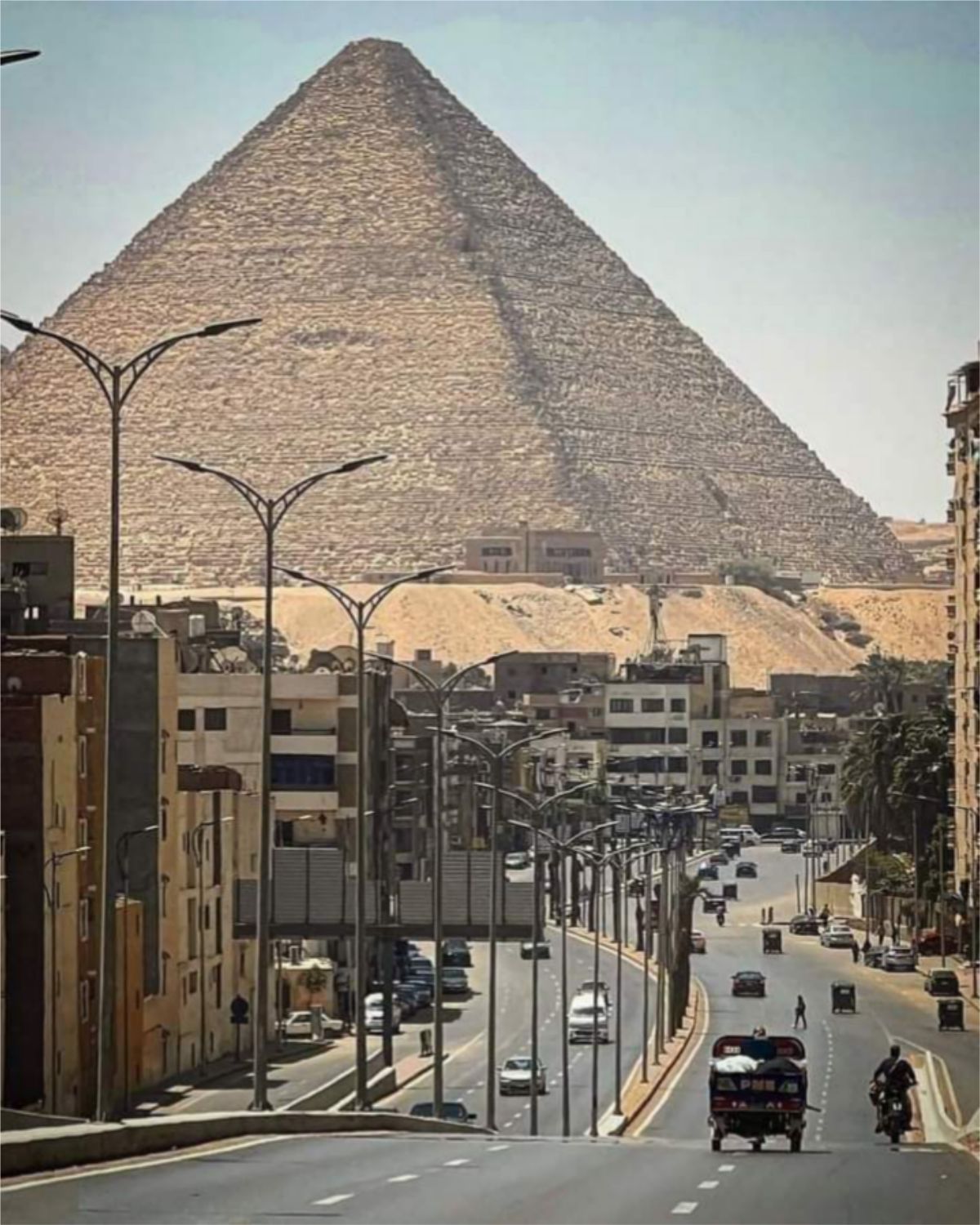Newly Found Passage Inside Cheops Pyramid Revealed
Researchers have found what has been described as the “most important discovery of the 21st century.” Hidden somewhere in the Cheops Pyramid, also known as the Great Pyramid of Giza, is a mysterious 30-foot corridor.
Want to find out the implications of this discovery and why scientists are so excited? Then you’re in the right place—this article has the answers.
A Little Background on the Pyramid
Built by hand around 2560 BC to a height of 480 feet, the Cheops pyramid was designed as a tomb for Egyptian kings. Right now, this pyramid is the only survivor among the Seven Wonders of the Ancient World.

Source: Wikipedia
The 4,500-year-old edifice is the second tallest man-made structure, just behind the Eiffel Tower in Paris. For decades, the pyramid has remained the object of numerous studies. But one in particular has stood out.
Introducing the ScanPyramids Project
The ScanPyramids Project launched in 2015, with the intention of deepening archeological discovery. The project sought to conduct a more robust analysis of heavy structures.

Source: Bennu/Twitter
The initiative, which was an international collaboration between top universities across Canada, France, Japan, and Germany utilized the latest and highly advanced scan systems. With this technology, the team could see the insides of large structures while they remained intact.
The Corridors Weren’t Built in the Traditional Way
The pyramid’s passageways were different from conventional ones. They have a triangular ceiling and are six feet wide.

Source: Ravenexped/Twitter
The team of researchers also found a gabled structure made of limestone resting at the front of the corridor. They confirmed all of these discoveries by passing a tiny endoscope through cracks in the walls to take photos of the interior.
Why Was the Passageway Built?
Experts have supplied several answers to the question of the purpose of the pyramids, all of which are pretty convincing. The first theory is that the passageway could have been constructed to redistribute the pyramid’s weight.

Source: BER0EMDHEDEN/Twitter
Secondly, the corridors could lead to something even more interesting. The most popular guess would be that there are more tombs underneath. The ScanPyramid team is presently working to confirm this possibility.
What Is the Significance of This Discovery?
The existence of this passageway has several exciting implications. For the Egyptian government, it could be the beginning of a boost in tourism revenue.

Source: Drhafezster/Twitter
For scientists, it is an invitation for more thrilling adventure and possible clues that will lead to the tomb of an Egyptian ruler. If nothing else, it provides more insight into the mysterious construction of the pyramid.
